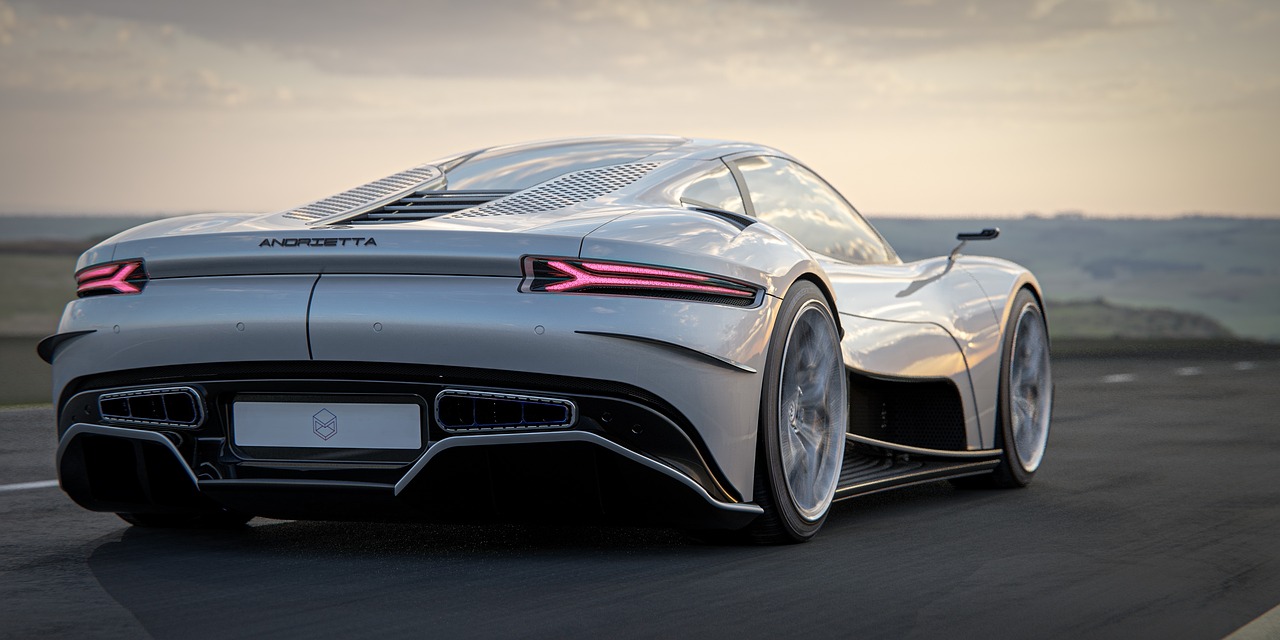The Promise of In-Wheel Motor Technology for Electric Vehicles
Electric vehicle powertrains have come a long way since the early days of electric propulsion. The technological advancements in electric motors, batteries, and power electronics have significantly improved the performance and efficiency of electric vehicles. The evolution of powertrains has enabled electric vehicles to achieve higher levels of range, acceleration, and overall driving experience.
Additionally, the shift towards more sustainable transportation solutions has accelerated the development and adoption of electric vehicle powertrains. With the growing concern over climate change and air pollution, automakers are investing heavily in research and development to make electric vehicles more accessible and appealing to consumers. The evolution of electric vehicle powertrains represents a crucial step towards a cleaner and greener future for the automotive industry.
Advantages of In-Wheel Motor Technology
In-wheel motor technology offers several key advantages in the realm of electric vehicles. Firstly, this innovative technology allows for a more compact design of the vehicle, as the motors are integrated into the wheels themselves. This not only saves space but also contributes to better weight distribution and handling, enhancing overall driving dynamics and performance.
Furthermore, in-wheel motor technology eliminates the need for traditional drivetrain components such as axles, drive shafts, and differentials, simplifying the vehicle’s construction and reducing maintenance requirements. By having individual motors at each wheel, power delivery can be optimized for each wheel independently, offering precise control over traction and stability in various driving conditions. This level of control can enhance safety and efficiency, especially in challenging road conditions or high-performance driving scenarios.
What is the main advantage of in-wheel motor technology in electric vehicles?
The main advantage of in-wheel motor technology is that it eliminates the need for a traditional transmission system, resulting in a more compact and efficient powertrain.
How does in-wheel motor technology improve vehicle performance?
In-wheel motor technology allows for better distribution of power to each individual wheel, resulting in improved traction, acceleration, and handling.
Does in-wheel motor technology affect the overall weight of the vehicle?
Yes, in-wheel motor technology can potentially reduce the overall weight of the vehicle by eliminating the need for heavy components such as the transmission system.
Are there any drawbacks to using in-wheel motor technology?
Some potential drawbacks of in-wheel motor technology include increased complexity of the powertrain system and potential issues with heat dissipation in the wheel hubs.
Can in-wheel motor technology be integrated into all types of electric vehicles?
Yes, in-wheel motor technology can be integrated into various types of electric vehicles, including passenger cars, buses, and even commercial vehicles.







